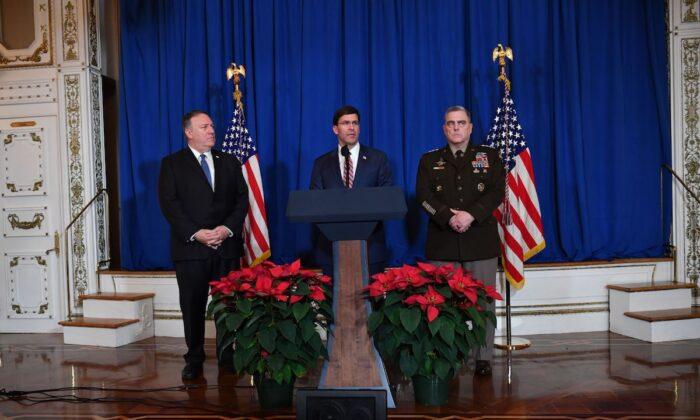Lockheed Martin Corp.’s F-35 jet, the world’s costliest weapons program, just got even costlier.
The estimated total price for research and procurement has increased by $22 billion in current dollars adjusted for inflation, according to the Pentagon’s latest annual cost assessment of major projects. The estimate for operating and supporting the fleet of fighters over more than six decades grew by almost $73 billion to $1.196 trillion.
The increase to $428.4 billion from $406.2 billion in acquisition costs, about a 5.5 percent increase, isn’t due to poor performance, delays or excessive costs for labor or materials, according to the Defense Department’s latest Selected Acquisition Report sent to Congress last week and obtained by Bloomberg News.
Instead, the increase reflects for the first time the current cost estimates for a major set of upgrades planned in coming “Block 4” modifications, according to the report.
“Ensuring our Block 4 efforts are captured in our acquisition baseline and now in our SAR help us to provide full transparency and status on our F-35 modernization progress,” the Pentagon’s F-35 program office said in an emailed statement.
“The F-35 program remains within all cost, schedule and performance thresholds and continues to make steady progress,” the program office said in its statement. The office “is committed to the delivery of cost-effective warfighting capability across all areas of the program.”
Scrutiny Expected
The projected increase is likely to be scrutinized by lawmakers, Pentagon acquisition chief Ellen Lord, and Acting Defense Secretary Pat Shanahan because they have been pushing the program office and Lockheed to reduce projected operations and support costs.As a potential sign of concern, the Pentagon’s fiscal 2021 proposed budget calls for 17 fewer F-35s than planned—81, according to the Selected Acquisition Report.
Lockheed’s View
Carolyn Nelson, a spokeswoman for Bethesda, Maryland-based Lockheed, said in an email that the contractor “is taking aggressive action to build supply chain capacity, reduce supply chain costs and improve parts availability to help drive sustainment costs down while enhancing readiness.”She said the actions by the No. 1 U.S. defense contractor include supply chain competitions, restructuring supplier contracts, synchronizing spare buys, improving parts reliability and accelerating modifications to earlier aircraft. Likewise, the company has “reduced our portion of ‘cost per aircraft’ per year by 15 percent since 2015 and we continue to look for ways to reduce costs,” she said.
The U.S. still plans to buy 2,456 total of the jets in its variations: 1,763 for the Air Force, 420 for the Marines and 273 for the Navy. The totals don’t include more than 700 potential foreign military sales.




